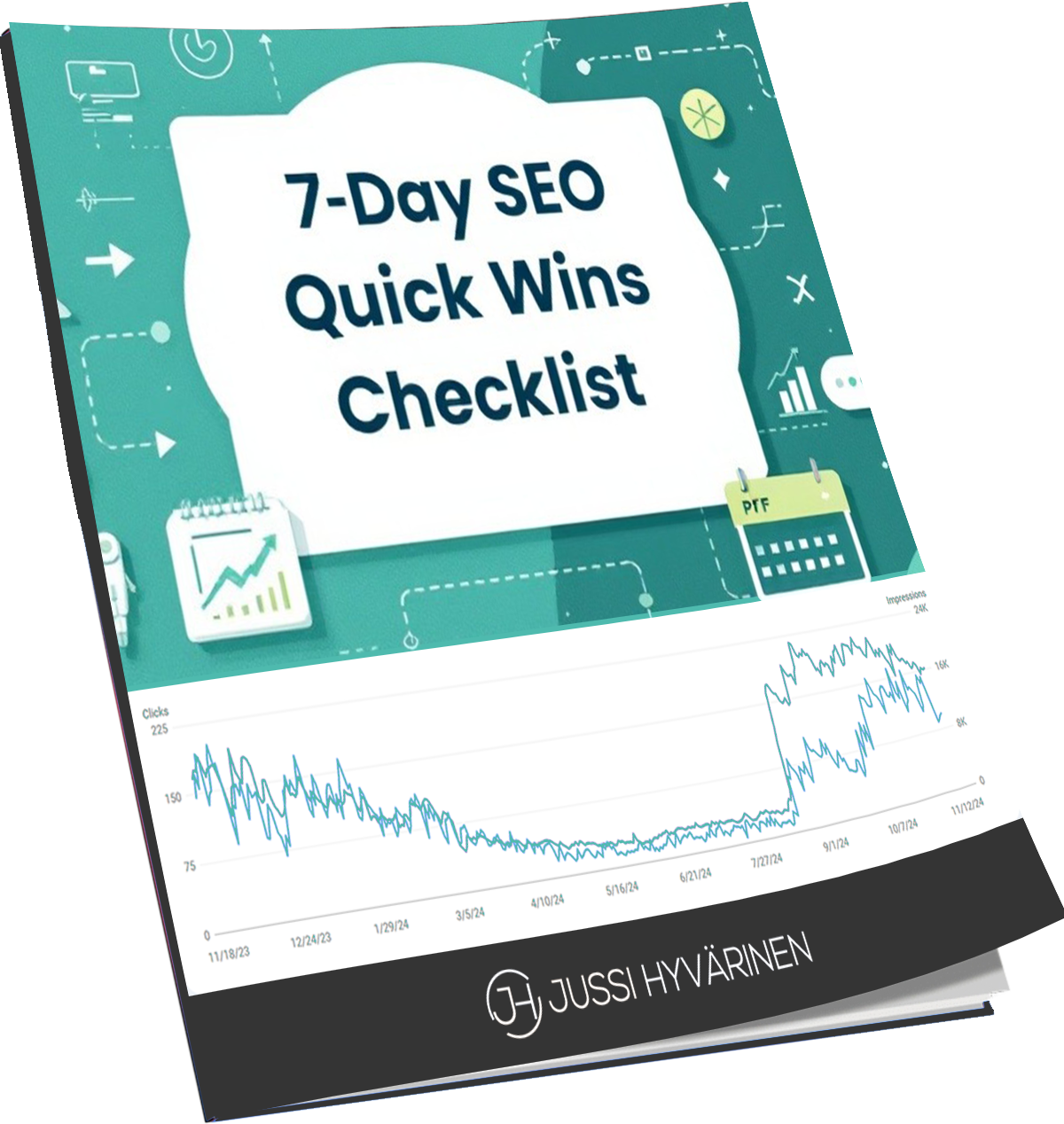Affiliate marketing can be highly rewarding for both businesses and affiliate partners. While a legit business model, the industry has seen its fair share of scams and fraudulent activities over the years.
As an affiliate or merchant, you need to stay informed to recognize and avoid the most common affiliate marketing scams.
In this comprehensive guide, I'll expose the top 10 affiliate scams to look out for, explain how they work, and provide tips to help you steer clear of them.
What is Affiliate Marketing?
Before diving into the scams, let's start with a quick rundown of what affiliate marketing entails.
Affiliate marketing is a performance-based arrangement where a company rewards partners for driving traffic and sales to their business. The affiliate markets the company's products to its audience, usually via a website, videos, or email list.
When affiliates generate a new customer through marketing efforts, they receive a percentage of the sale amount as a commission. This pay-for-performance model benefits both parties, allowing the business to acquire new customers at a minimum upfront cost.
Now that we're on the same page about the basics let's look at some of the ways scammers take advantage of the system.
1. Cookie Stuffing
Also known as cookie dropping, cookie stuffing involves an affiliate forcing tracking cookies from various networks onto a user's device without their consent. This allows the affiliate to get credit for a sale even if they had nothing to do with it.
Here's how it works:
The scammer sets up a website or ad designed to get users to click on an affiliate link. When the user clicks, the affiliate's cookie gets stored on their device. If the user happens to make a purchase on the advertiser's site down the road, the scammer gets the commission through their cookie, even though they didn't actually refer the sale.
How to spot it:
- Sudden spikes in sales from an affiliate that don't match up with their traffic
- Lots of low-quality traffic sources
- High bounce rates
How to prevent it:
- Closely monitor traffic and sales data
- Require affiliates to disclose their traffic sources
- Block known sources of fake traffic
2. Transaction Fraud
In transaction fraud, the affiliate uses stolen payment details to make purchases through their own affiliate links to generate commissions. The advertiser loses money on the fraudulent sale and commission payout.
The most common methods are:
- Stolen credit cards - Fraudsters buy or steal credit card numbers on the dark web to process purchases.
- Account takeovers - Taking over someone's online account, like Amazon or PayPal, to use it fraudulently.
How to spot it:
- Multiple declined transactions from one affiliate
- Customer complaints about unauthorized charges
- Orders shipping to suspicious addresses
How to prevent it:
- Use fraud scoring and screening tools to analyze transactions
- Contact customers about suspicious transactions to confirm the legitimacy
- Block orders shipping to risky regions
3. Fake Leads
In the fake leads scam, an affiliate sends leads that contain false or stolen information to advertisers to earn a commission. Common ways fake leads are generated include:
- Bots - Bots can automatically fill out lead gen forms with fake or stolen data.
- Third-party leads - Some affiliates buy leads in bulk from shady providers instead of generating them properly.
- Synthetic identities - Fraudsters combine real and fake info to create leads that look authentic.
How to spot it:
- Poor lead quality - bad contact info, no engagement
- Leads from questionable sources
- Identical submissions or patterns
How to prevent it:
- Vet traffic sources thoroughly
- Use lead verification like double opt-in
- Deploy lead scoring and fraud detection tools
4. Click Fraud
Click fraud is the practice of generating fake clicks on pay-per-click ads or affiliate links. Bots, malware, or low-paid workers are used to drive up click volume and earn commissions.
Some common click fraud tactics include:
- Botnets - A network of infected devices controlled by malware clicks on ads.
- IP rotation - Fraudsters manually click ads using proxy networks to hide their activity.
- Click injection - Malware causes the victim's devices to visit sites and click ads without consent.
How to spot it:
- Clicks with no associated conversions
- Traffic spikes from unknown sources
- Clicks primarily from mobile apps
How to prevent it:
- Use click fraud detection tools
- Implement frequency caps on clicks
- Block traffic from suspicious IPs, regions, and apps
5. URL Hijacking
URL hijacking, also called typosquatting, is when a scammer buys domain names similar to popular sites or brands to steal traffic. For example, they may use "amzaon.com" instead of "amazon.com".
When users mistakenly visit the imposter site, they get redirected through the scammer's affiliate links before reaching the real site. This allows the hijacker to earn commissions without doing any real marketing.
How to spot it:
- Spikes in sales with minimal traffic
- Brand name misspellings in referral URLs
- High traffic from sites you don't recognize
How to prevent it:
- Monitor affiliate traffic sources
- Buy up domain variants of your brand
- Block low-quality referral domains
6. Spoofed Traffic
Spoofed traffic happens when affiliates use bots, click farms, and other automated tools to drive fake traffic to ads or websites. The fabricated clicks and impressions make it appear that the affiliate referred real visitors.
This scam allows fraudsters to earn commissions in pay-per-click and pay-per-impression programs without actual humans seeing the ads.
How to spot it:
- Traffic spikes but no sales
- High bounce rates
- Clicks from suspicious IPs
How to prevent it:
- Use analytics to identify traffic patterns
- Implement CAPTCHA and other bot filters
- Block suspicious IPs and traffic sources
7. Google Ad Hijacking

In Google ad hijacking, scammers create ads with your brand name and keywords to siphon traffic. They trick users into clicking their ads by making them look almost identical to yours.
Once clicked, the scammer's landing page either sells your product with their affiliate link or redirects to your site through their link. Either way, they get your hard-earned commissions.
How to spot it:
- Sudden changes in Google Ads metrics
- Ad traffic to irrelevant domains
- Ads using trademarks
How to prevent it:
- Bid on all relevant brand keywords
- Monitor competitors tab for trademark use
- Report trademark violations to Google
8. Cookie Stuffing
In cookie stuffing, scammers drop their tracking cookies on users' devices without them clicking an affiliate link. This lets them take credit for sales they had no part in generating.
Common cookie stuffing methods include:
- Hidden affiliate links on websites
- Browser extensions injecting cookies
- Redirecting traffic through the scammer's link
How to spot it:
- Affiliates with lots of sales but low clicks/traffic
- Traffic from questionable sources
- High use of redirects and iframes
How to prevent it:
- Ban shady traffic sources
- Disable cookies from 3rd-party sites
- Use cookie syncing to attribute properly
9. Website Cloaking
Cloaking is when scammers create fake websites pretending to be legitimate brands. They copy the real website content and use similar URL names.
This allows them to spoof major brands, gain search traffic, and earn commissions by redirecting visitors to the actual site through their links.
How to spot it:
- Spikes in sales from new affiliates
- Traffic from copycat URLs
- Affiliate links to unrelated merchants
How to prevent it:
- Monitor affiliate sales spikes
- Search for trademark use in URLs
- Submit DMCA takedown requests on clones
10. Credit Card Laundering

Credit card laundering is the process of using stolen cards to purchase products and then reselling them quickly for clean money. Laundering rings can target affiliate programs due to the ability to earn additional profits through affiliate commissions.
How to spot it:
- Multiple declined payments then successful ones
- Large orders shipped to residential addresses
- Orders shipped to high-risk addresses
How to prevent it:
- Analyze orders for product flipping patterns
- Require manual reviews for large purchases
- Report suspicious transactions to your payment processor
How to Protect Your Business from Affiliate Fraud?
Now that you know what to look for, here are some best practices to safeguard your affiliate program:
Vet Affiliates Thoroughly
Don't let just anyone join your program. Have a rigorous screening process including:
- Identity verification
- Site audits
- Traffic & lead quality analysis
- Reference checks
This helps filter out scammers upfront before they can attack.
Monitor Closely
Watch affiliate activities for signs of fraud:
- Use an affiliate network with tracking software
- Analyze traffic sources, click patterns, conversions
- Check for sales spikes, order anomalies
Constant vigilance lets you catch issues early.
Set Stringent Rules
Have strict anti-fraud terms affiliates must agree to, such as:
- Prohibiting illegal traffic sources
- Requiring disclosure for high-risk activities like email lists
- Mandating trademark pre-approval
- Banning cloaking, cookie stuffing, typosquatting
This gives you recourse if an affiliate violates the rules.
Focus on Creating Value
Keep in mind that Google rewards sites focused on creating helpful, high-quality content that delivers value to users. Make sure your business and affiliate partners adhere to Google’s quality guidelines, such as:
- Providing original research and insightful analysis
- Demonstrating expertise and authoritative knowledge
- Structuring content for a satisfying user experience
This helps ensure your site attracts organic visits through valuable content, reducing dependency on questionable affiliate traffic.
The Bottom Line
When done ethically, affiliate marketing benefits both merchants and partners. However, you need to be aware of the various scams aiming to take advantage of affiliate programs.
By staying vigilant, vetting thoroughly, monitoring traffic, and following best practices, you can avoid the pitfalls and use affiliate marketing to grow your business. Just remember to focus on driving value for real customers, not loopholes.


